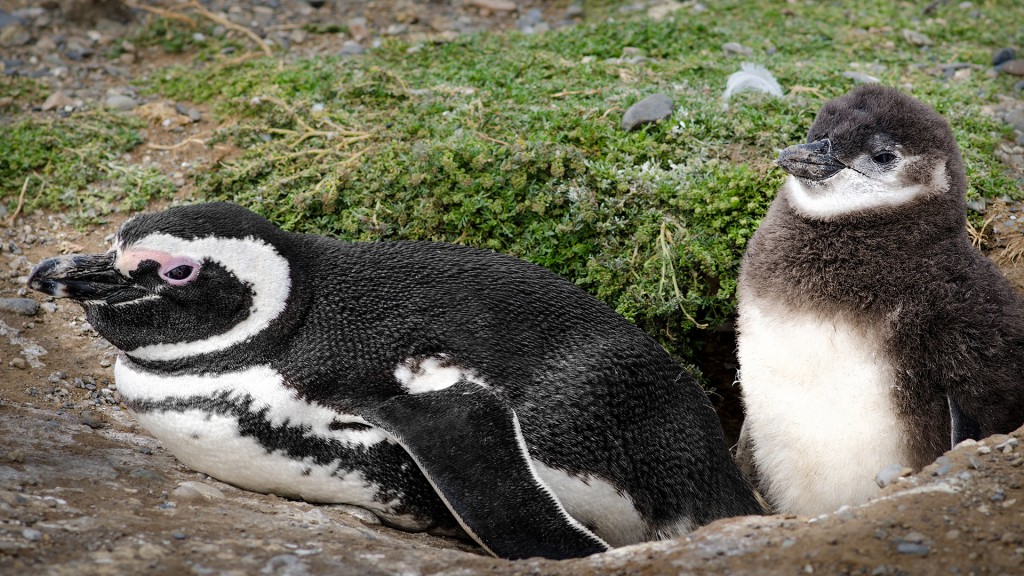Last week, marine animal expert Dudley Wigdahl of Aquarium of the Pacific gave so many insightful responses to your thought-provoking questions about Magellanic Penguin nesting that there wasn’t time to get to them all! So now Dudley has graciously answered several more in text format so we can continue to learn about feathered families.
Q. Do Magellanic Penguin breeding pairs retain the same nest site each season?
Birds will make every effort to return to the same nest site if at all possible. All of our birds did except one pair. This occurs in the wild as well. Nest sites can be out competed for, one of the pair may die which would cause a nest site to change hands. A nest site could be damaged to weather such as rain or be taken over by another species that dwells in underground sites.
Q. In the wild, do they stay in groups when in the ocean?
Magellanic penguins will stay in groups in the wild. This has several advantages to the group. It helps hunting for prey and it helps staying away from potential predators. That is not to say you won’t see birds away from their groups but the preference is safety in numbers.
Q. Is it a guarantee that all the chicks will survive since they are in captivity?
Although the odds are better due to the lack of predators and the availability of food, birds in a zoological environment are not guaranteed survival. The egg may not be fertilized. The egg may be rejected for any number of reasons. The egg may be damaged accidentally by entering and leaving the nest. The embryo may stop progressing anytime during the 40 day incubation period. The chick may be mal-positioned at hatching and become too weak to exit. The parents may accidentally step on the chick. The parents could regurgitate a foreign body to the chick. They may not feed the chick forcing hand raising which has it’s own potential problems. So there are no guarantees.
Q. At what age does a female become reproductively mature? A male?
We see breeding starting at three years old. Males may start a little later but this is usually because they are out competed by older unpaired males.
Q. There was a lot of publicity about two males who were very bonded with each other, are they still around and together now?
It is not unusual to see bachelor males hanging around each other. These are relatively social birds and the social dynamic changes from month to month let alone year to year. As more females come to breeding age the social order will change.
Q. Has a female ever rejected her egg and if so will another female incubate the egg as her own?
Certainly this happens. Some pairs are better parents than others and it may happen that although a pair lays two eggs it doesn’t necessarily mean they will choose to incubate them. Also, the pair may recognize a problem that we don’t and reject the egg. Broody pairs will accept other eggs as well. This is a better option than having to artificially incubate.
Q. As they approach their first birthday, when can we expect the four juveniles to begin their molt?
I think we will see the chicks begin their molt in august but it will definitely be before the adults molt.
Q. Does this happen at the same time as the adults?
Adults will molt after the chicks are fledged. This occurs after the previous years chicks molt.
Q. Any behavior changes to note at this time?
Many changes occur during molt. The amount of food they eat goes way up as they put on weight in preparation for molt. Their feathers turn brown and brittle. Their weight increases and their wings become engorged. Their feathers rise and start falling. The birds stop eating. The birds stop going into the water.



